Quiz History
Last Updated:
Are you a history buff? Our quizzes are for you! Test your knowledge of the great historical periods, landmark events, famous people and civilizations that have shaped the world as we know it today.
Our history quizzes are a fun and educational way to relive key moments in human history. With a varied selection of questions, you can test your knowledge on topics ranging from antiquity to the 21st century, including the Middle Ages, the Renaissance, industrial and political revolutions.
Do you know who signed the U.S. Declaration of Independence? Do you know the dates of major battles such as Hastings and Waterloo? Can you identify iconic figures such as Napoleon, Cleopatra and Martin Luther King? Our history quizzes are designed to help you answer all these questions while enriching your historical knowledge.
As you explore our history quizzes, you’ll discover fascinating anecdotes, little-known facts and striking details about the events and characters that changed the course of history. Whether you’re a history buff, a student or simply curious, our quizzes are an interactive and entertaining way to test your knowledge and learn more about the events that have shaped the world.
Test your knowledge and travel through the ages with our history quizzes!
Test your knowledge of history with our quizzes. Whether you’re an amateur or a true enthusiast, our quizzes will offer you a challenge adapted to your level.
Compare yourself with other history buffs and find out where you stand among connoisseurs of the great historical periods. Each question is an opportunity to learn and deepen your knowledge.
Our history quizzes are not simple knowledge tests, but interactive learning tools. Each question is accompanied by detailed explanations and interesting facts about key events, characters and eras.
By answering the questions, you’ll enrich your general knowledge and develop a better understanding of the past. Use our quizzes to explore new historical periods, discover fascinating anecdotes and strengthen your knowledge of world history.
history
/ 10
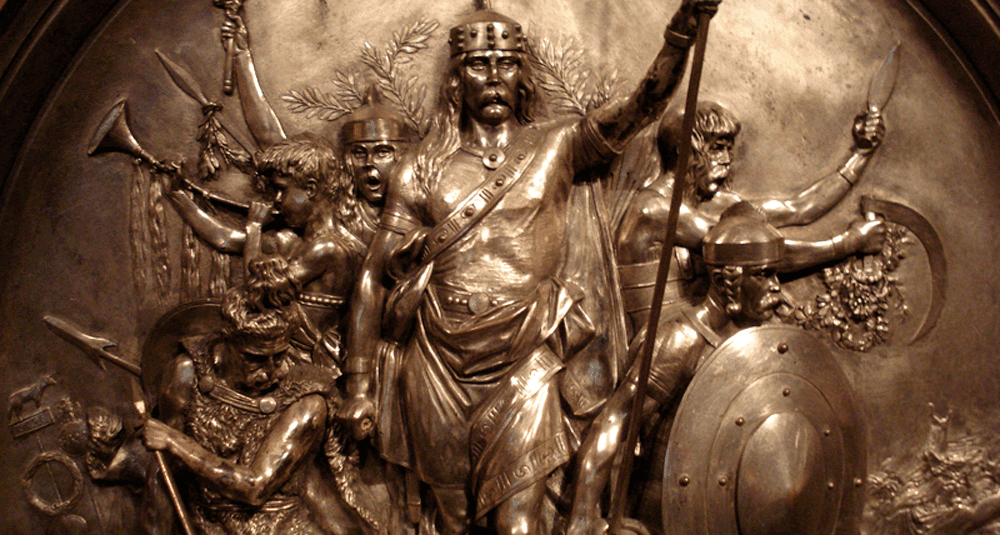
Who is the first Merovingian king?
2Merovech
1Chlodio

🙌 Good answer
The first Merovingian king was Merovech, a legendary 5th-century Frankish chieftain considered to be the dynastic ancestor of the Merovingian line of Frankish kings.
Next question

😞 Wrong answer
The first Merovingian king was Merovech, a legendary 5th-century Frankish chieftain considered to be the dynastic ancestor of the Merovingian line of Frankish kings.
Next question
history
/ 10
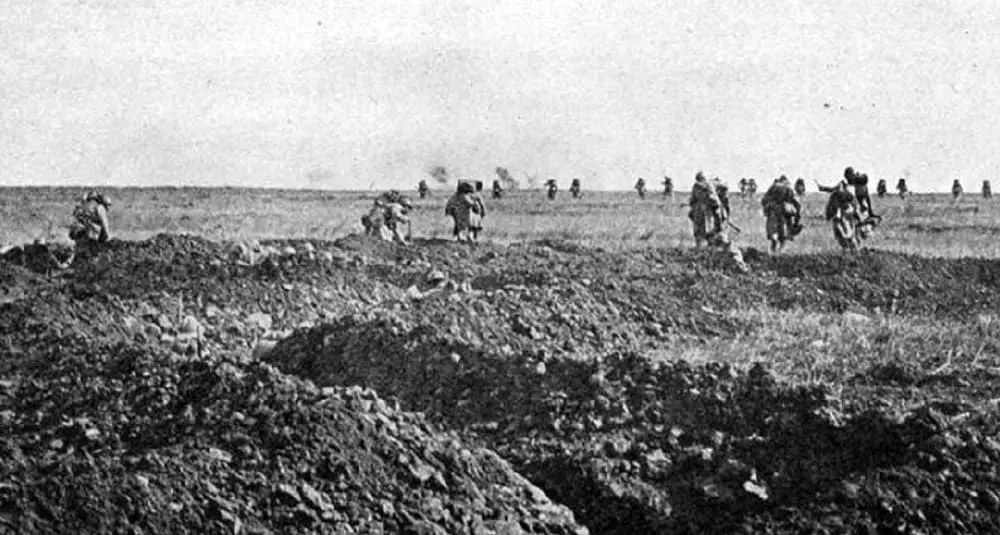
Where is the Chemin des Dames?
1Aisne
2Somme

🙌 Good answer
The Chemin des Dames is located in the Aisne department of the Hauts-de-France region, between Laon, Soissons and Reims, in northeastern France.
Next question

😞 Wrong answer
The Chemin des Dames is located in the Aisne department of the Hauts-de-France region, between Laon, Soissons and Reims, in northeastern France.
Next question
history
/ 10
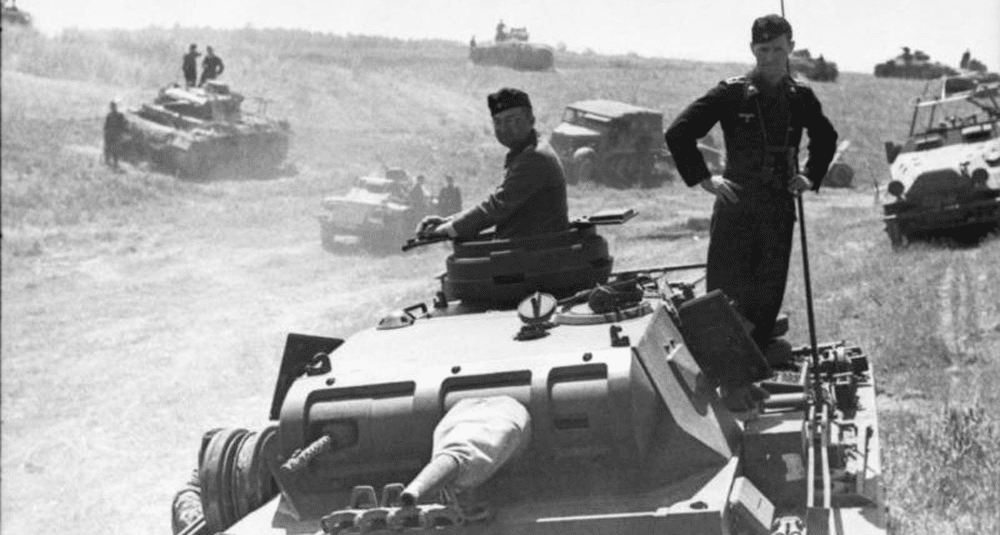
What was the name given to the Third Reich's invasion of the Soviet Union in 1941?
1Barbarossa
2Weserübung

🙌 Good answer
Operation Barbarossa, launched on June 22, 1941, was the code for the Third Reich's invasion of the Soviet Union during the Second World War.
Next question

😞 Wrong answer
Operation Barbarossa, launched on June 22, 1941, was the code for the Third Reich's invasion of the Soviet Union during the Second World War.
Next question
history
/ 10
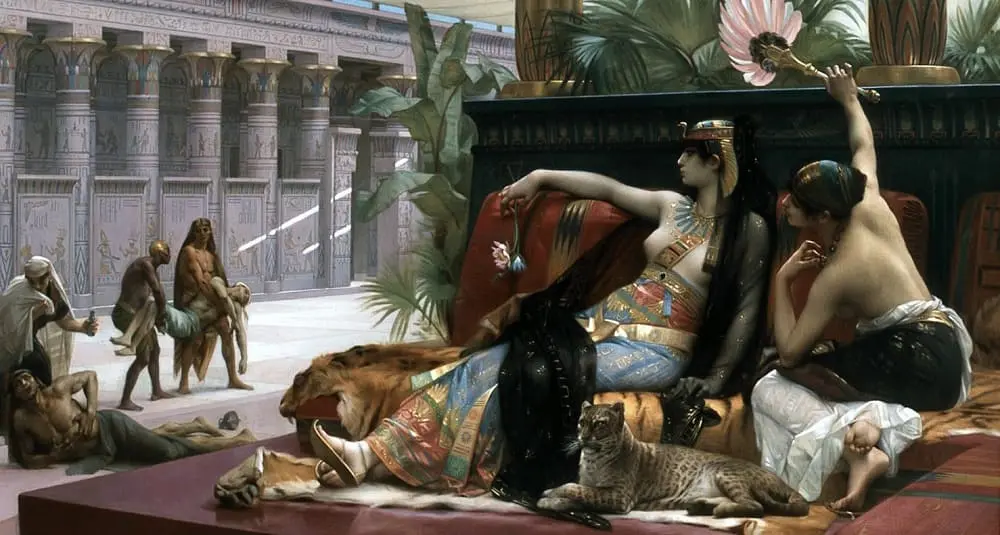
What was the cause of Cleopatra's death?
2Suicide
1Murder

🙌 Good answer
Cleopatra VII, Egypt's last queen, died in Alexandria in August 30 BC, probably from an asp bite or poisoning.
Next question

😞 Wrong answer
Cleopatra VII, Egypt's last queen, died in Alexandria in August 30 BC, probably from an asp bite or poisoning.
Next question
history
/ 10
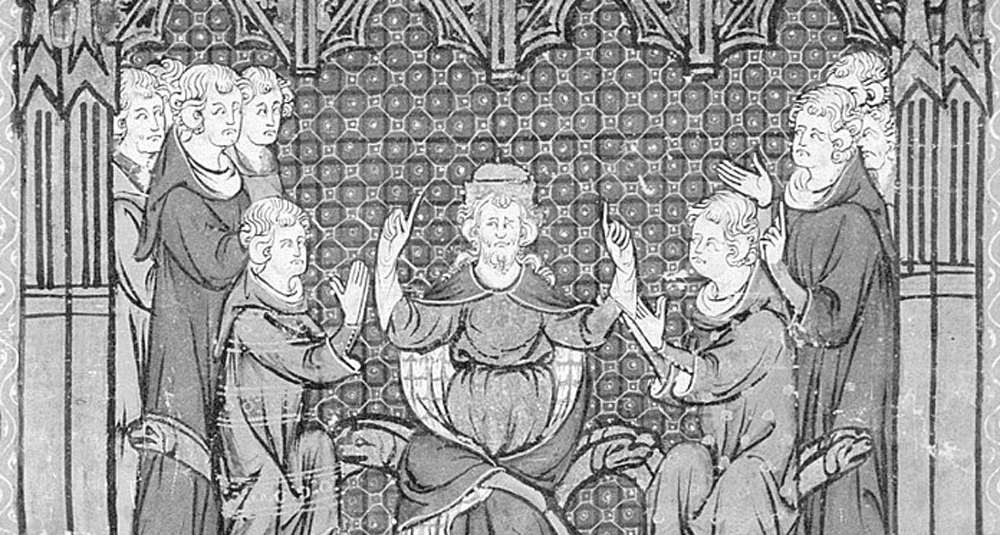
What famous battle led by Charles Martel took place in 732?
2Poitiers
1Avignon

🙌 Good answer
The famous battle fought by Charles Martel in 732 was the Battle of Poitiers. This decisive victory halted Muslim expansion in Western Europe.
Next question

😞 Wrong answer
The famous battle fought by Charles Martel in 732 was the Battle of Poitiers. This decisive victory halted Muslim expansion in Western Europe.
Next question
history
/ 10
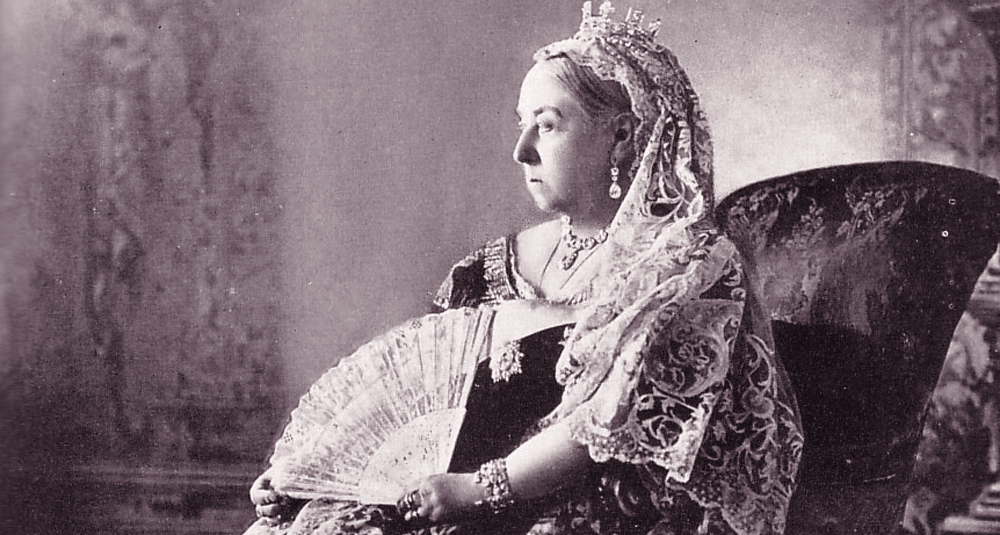
When did Queen Victoria become Empress of India?
21876
11837

🙌 Good answer
Victorian was Queen of the United Kingdom of Great Britain and Ireland from 20 June 1837 until her death. From July 1, 1867, she was also Queen of Canada, Empress of India from May 1, 1876, and Queen of Australia on January 1, 1901.
Next question

😞 Wrong answer
Victorian was Queen of the United Kingdom of Great Britain and Ireland from 20 June 1837 until her death. From July 1, 1867, she was also Queen of Canada, Empress of India from May 1, 1876, and Queen of Australia on January 1, 1901.
Next question
history
/ 10
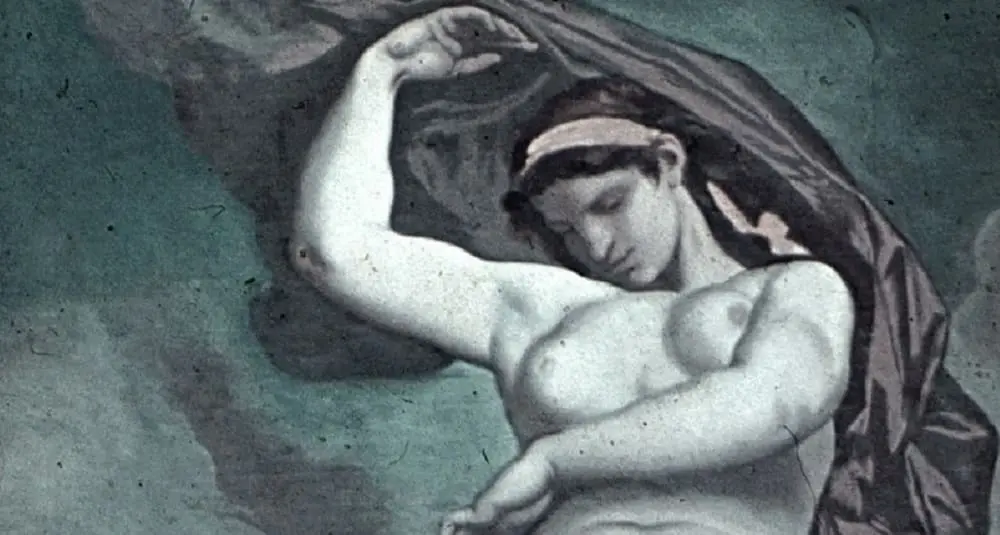
What is the symbol of Gaia?
1Earth
2Sea

🙌 Good answer
In Greek mythology, Gaia, the primordial goddess of the Earth, is often depicted with the Earth, a tree or ears of wheat, symbols of fertility and life.
Next question

😞 Wrong answer
In Greek mythology, Gaia, the primordial goddess of the Earth, is often depicted with the Earth, a tree or ears of wheat, symbols of fertility and life.
Next question
history
/ 10
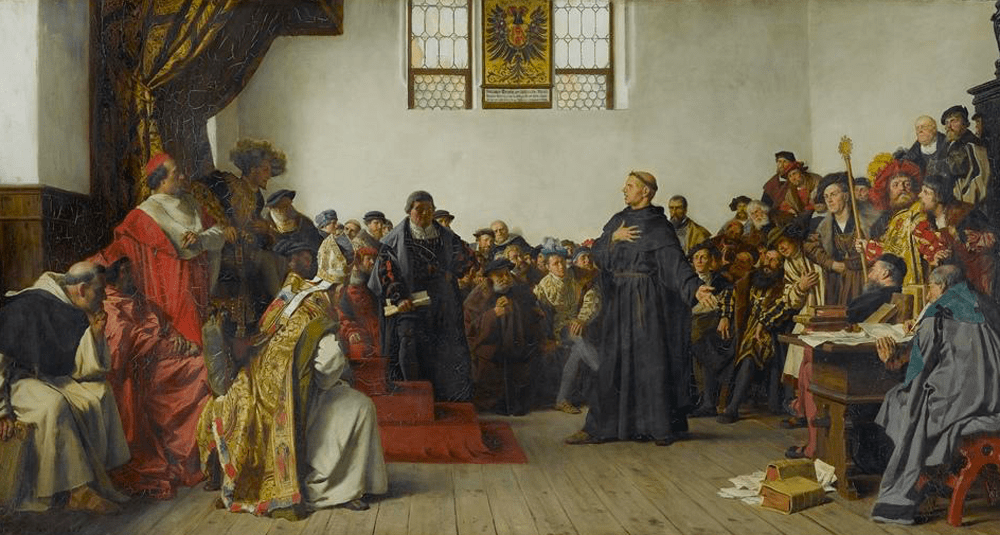
To which branch of Christianity is Martin Luther the initiator?
2Protestantism
1Orthodoxie

🙌 Good answer
Martin Luther is the initiator of Protestantism which gave birth to many Protestant churches and marked the history of Christianity.
Next question

😞 Wrong answer
Martin Luther is the initiator of Protestantism which gave birth to many Protestant churches and marked the history of Christianity.
Next question
history
/ 10
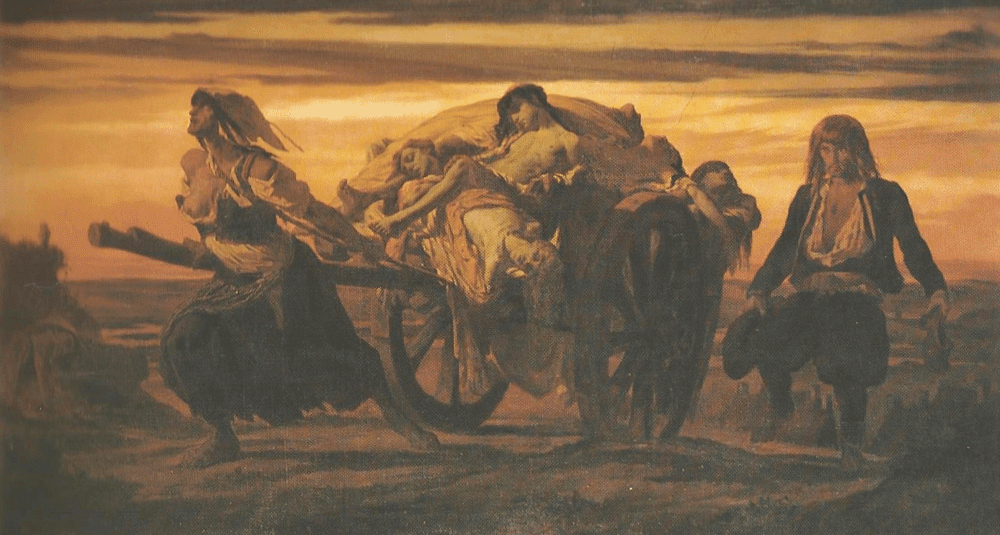
What pandemic occurred in Europe from 1347 to 1352?
1Black Death
2Cholera

🙌 Good answer
The Black Death, a devastating pandemic, ravaged Europe from 1347 to 1352, causing millions of deaths and profoundly altering medieval society.
Next question

😞 Wrong answer
The Black Death, a devastating pandemic, ravaged Europe from 1347 to 1352, causing millions of deaths and profoundly altering medieval society.
Next question
history
/ 10
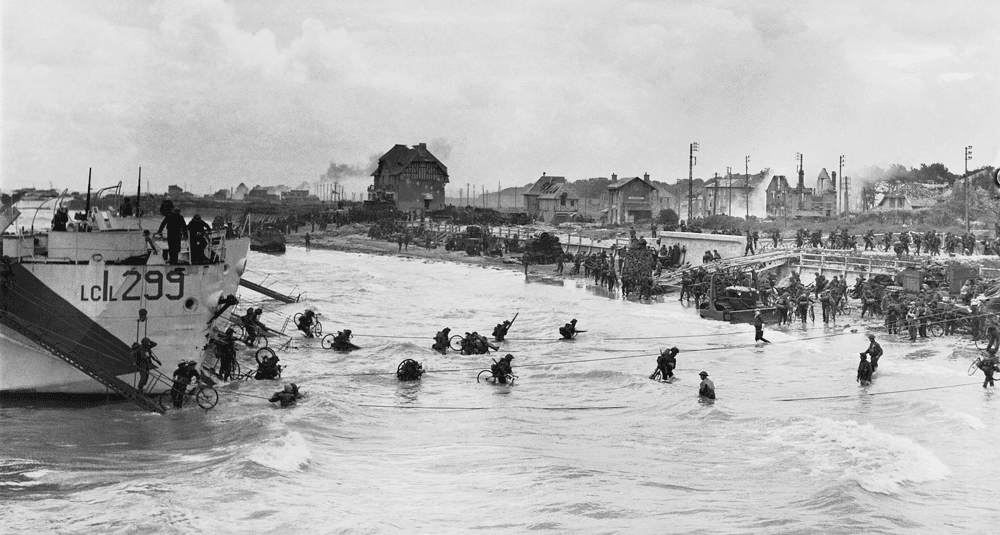
Which troops landed at Juno Beach on June 6, 1944?
2British and Canadian
1American and British

🙌 Good answer
On June 6, 1944, during the Normandy landings, the 3rd Canadian Infantry Division and the 2nd Canadian Armoured Brigade landed on Juno Beach, supported by British commandos.
Next question

😞 Wrong answer
On June 6, 1944, during the Normandy landings, the 3rd Canadian Infantry Division and the 2nd Canadian Armoured Brigade landed on Juno Beach, supported by British commandos.
Next question



